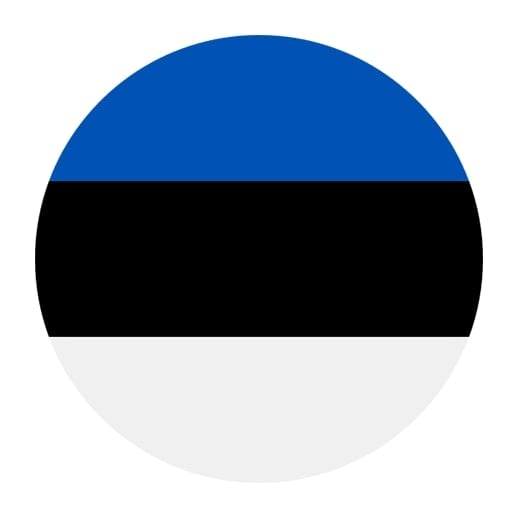Estonian Grammar
Thinking about learning Estonian? Step into the world of Estonian grammar, where agglutination, vowel harmony, and a wide range of noun cases create a truly distinctive language experience. Begin exploring today – mastering Estonian grammar will not only boost your fluency but also connect you to the rich culture and history of Estonia!
Get started
The most efficient way to learn a language
Try Talkpal for freeEstonian Grammar: The Gateway to a Unique Language Journey
Welcome to the fascinating world of Estonian! With over one million native speakers, Estonian offers you a unique opportunity to expand your linguistic horizons and discover a vibrant culture. While the intricacies of Estonian grammar may seem daunting at first glance, this friendly beginner’s guide is here to break down the foundations of Estonian grammar in a simple and engaging manner.
1. Embracing the Estonian Alphabet
The journey to mastering Estonian begins with its alphabet. Estonian utilizes the Latin script, supplemented with nine special characters: Ä, Ö, Ü, Õ, Š, Ž, and their lowercase counterparts. Familiarizing yourself with these characters will create a strong foundation for your Estonian learning experience.
2. Getting a Grip on Estonian Nouns
Unlike many European languages, Estonian does not differentiate between masculine and feminine genders. Nouns are instead classified as either singular or plural, and each noun has 14 cases. While this may seem overwhelming, it’s essential to understand that the morphological structure of nouns is quite regular, making it easier to learn. To start, focus on mastering the most common cases: Nominative, Genitive, and Partitive.
3. Conquering Estonian Verb Conjugation
Estonian verbs are conjugated based on tense, person, and number. There are only three tenses: present, past (encoded by the past participle), and future (expressed by the present tense form of the verb, combined with a future auxiliary).
For example, here are conjugations for the verb “lugema” (to read):
– Present: Ma loen (I read)
– Past: Ma lugesin (I read/I have read)
– Future: Ma loen raamatuid (I will read books)
4. Unraveling the Mystery of Estonian Pronouns
Pronouns in Estonian serve to replace nouns and make speech smoother and more dynamic. Focus on learning the personal and possessive pronouns:
– Personal pronouns: mina (I), sina (you, informal), tema (he/she), meie (we), teie (you, plural/formal), nemad (they)
– Possessive pronouns: minu (my), sinu (your, informal), tema (his/her), meie (our), teie (your, plural/formal), nende (their)
5. No Articles, No Problem!
Estonian does not utilize definite or indefinite articles, allowing you to breathe a sigh of relief. For example:
– Koer – “dog” or “a dog”
– Maja – “house” or “a house”
Mastering Estonian grammar is an exciting and enriching process, which opens doors to a rich cultural experience. Remember that practice is key, so immerse yourself in Estonian grammar, engage with native speakers, and build a strong foundation for your language journey. Edu! (Good luck!)








